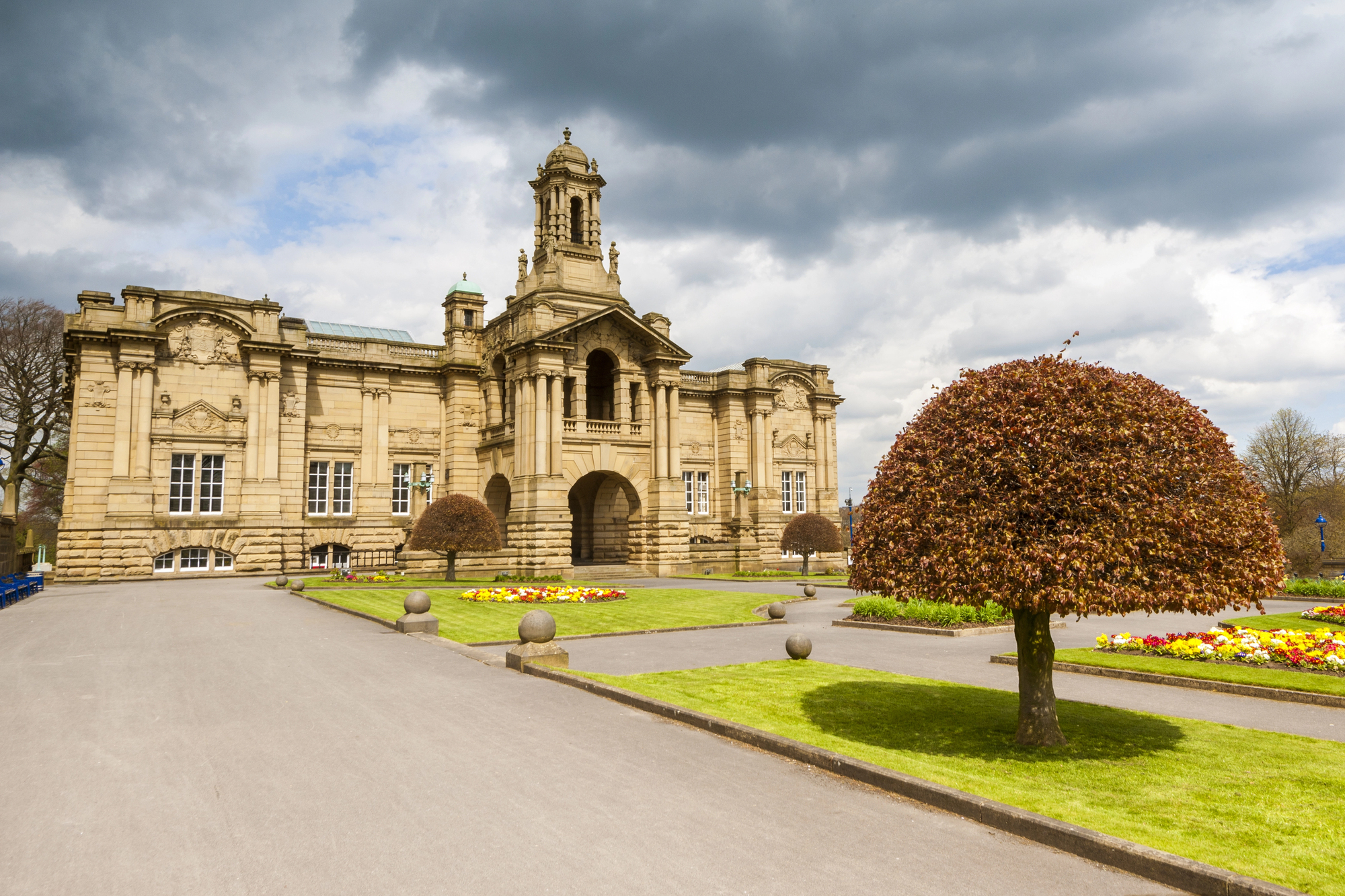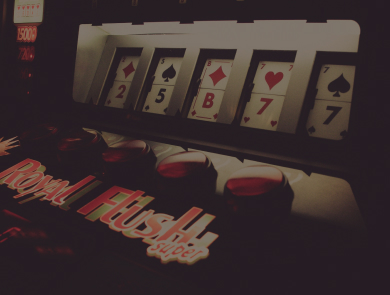Betting on the Turner Prize 2025: Who Will Claim the UK’s Top Art Honor?

The air in the British art world is beginning to crackle with anticipation. While the official announcements are still months away, the whispers have already started: who will make the shortlist for the Turner Prize 2025? As the UK’s most prestigious, and often most debated, contemporary art award, the Turner Prize guarantees its nominees significant exposure and propels its winner into a new stratosphere of recognition. And where there’s high-stakes cultural competition, speculation – and even a bit of betting – inevitably follows.
What is the Turner Prize?
Established in 1984 by the Patrons of New Art, a Tate affiliate group, the Turner Prize is named after the radical English Romantic painter J.M.W. Turner. Its aim is straightforward yet ambitious: to promote public discussion of new developments in contemporary British art. Awarded annually to a British-born artist or an artist primarily working in Britain, the prize recognizes an outstanding exhibition or other presentation of their work in the preceding year.
The process typically involves a jury selecting a shortlist of four artists, usually announced in late spring or early summer. This is followed by a high-profile exhibition featuring work by the shortlisted artists, traditionally opening in the autumn. The host venue alternates between Tate Britain in London (typically in odd-numbered years, making it the likely host for 2025) and venues outside the capital. Finally, amidst considerable media attention, the winner is announced in early December, receiving a cash prize (currently £25,000, with £10,000 for each shortlisted artist) and, more importantly, a significant career boost.
Potential 2025 Contenders
Predicting the Turner Prize shortlist before its announcement is an exercise in informed guesswork. The jury changes annually, bringing fresh perspectives, and the criteria emphasize recent outstanding exhibitions.
Potential nominees often work across diverse media – painting, sculpture, installation, film, video, performance, and increasingly, digital or socially engaged practices. Artists exploring pressing contemporary themes like identity politics, climate change, technological advancement, social justice, and post-colonial narratives frequently capture the jury’s attention.
Could we see artists who have recently had major institutional shows gain nods? Perhaps someone pushing the boundaries of traditional forms, like painting or sculpture, in innovative ways? Or maybe an artist whose work directly engages with urgent social or political issues will resonate with the 2025 jury? Keep an eye on those who received acclaim for exhibitions opening between late spring 2024 and spring 2025. Names that might surface in discussion could range from mid-career artists finally getting recognition for a powerful new body of work to younger artists who have made a significant breakthrough.
Factors Influencing the Judges (and the Odds)
What sways the Turner Prize jury? While the official line focuses on the “outstanding exhibition,” several factors likely play a role:
- Artistic Innovation:Is the work pushing boundaries or offering a fresh perspective within its medium or conceptual framework?
- Conceptual Depth:Does the work engage viewers intellectually and emotionally? Does it tackle complex ideas effectively?
- Execution and Presentation:Is the work realized with skill, coherence, and impact within the exhibition context?
- Relevance and Timeliness:Does the work speak to contemporary concerns or reflect current cultural conversations?
- Impact:Did the exhibition generate significant critical discussion or audience engagement?
Bookmakers, when they eventually offer odds (usually after the shortlist is announced), attempt to weigh these factors alongside public perception and media narratives. An artist generating significant buzz, even if controversial, might see shorter odds. Conversely, a critically acclaimed but perhaps less headline-grabbing artist might represent a “value” bet. The perceived “zeitgeist” often plays a role – does one artist’s work feel particularly resonant right now?
Placing Your Bets
Betting on the Turner Prize isn’t like wagering on a football match or a horse race. It occupies a niche corner of the betting world, often handled by specific bookmakers specializing in cultural or novelty markets. The odds are heavily influenced by subjective critical opinion rather than objective performance metrics.
Unlike sports, where form and statistics offer tangible data points, art prize betting relies on interpreting critical reviews, gallery buzz, curator opinions, and the perceived leanings of the jury. It’s a market driven by narrative, influence, and informed speculation. The “favorite” might be the artist who received the most glowing reviews or whose work seems most aligned with current critical trends.
Looking Ahead
As 2025 progresses, the speculation surrounding the Turner Prize will only intensify. The announcement of the shortlist will shift the conversation from broad predictions to focused analysis of the chosen four. The subsequent exhibition will offer the public and critics a chance to engage directly with the work, further shaping opinions and, for those inclined, the betting odds.
Whether you’re a seasoned art critic, a casual gallery-goer, or someone placing a speculative wager, the Turner Prize 2025 promises another fascinating chapter in the ongoing story of contemporary British art. Who will rise to the top? Only time – and the jury – will tell. But the guessing game has already begun.




